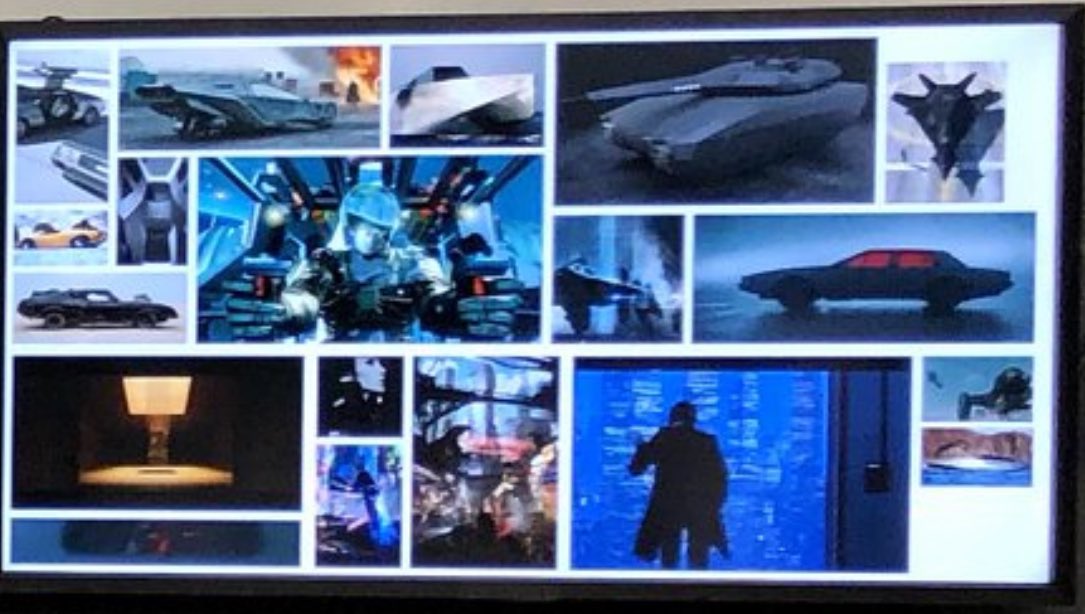
The Tesla Cybertruck's wild angular design polarised opinion when it was first revealed back in 2017. Now that the electric pick-up is finally emerging from production, a new biography of company CEO Elon Musk appears to cast some light on the design process behind it.
An image shared by biographer Walter Isaacson shows a glimpse of early sketches of the vehicle and also some surprising influences on a wall-mounted inspo board. It seems Musk was always intent on an edgy sci-fi look (see our pick of the best car logo redesigns for more inspiration).
Adding to @SawyerMerritt post: In my book, https://t.co/7JGHd10TEa , I describe how on one Friday in 2017, @elonmusk decreed, “We are going to do this whole thing in stainless steel.” I note: "The use of stainless steel opened up new possibilities for the look of the truck.… https://t.co/mnTjub13xP pic.twitter.com/sG2lPoE57XJuly 18, 2023
Musk has been so busy with Twitter, Tesla's Optimus robot and his new company xAI that we were starting to think he might have forgotten about Tesla's Cybertruck. But a finished vehicle finally rolled out of production in Austin, Texas, last week and examples in camo wraps have even been spotted in the wild.
NEWS: Cybertruck spotted with new camo wrap. pic.twitter.com/ITK7GCu5m8July 21, 2023
It looks just as jarringly angular as the prototypes, and Walter Isaacson's biography of Musk provides some insight into the process that led to that design. He shared an image on Twitter of Musk standing in front of some early sketches for the Cybertruck and an inspiration board that includes images as varied as a DeLorean DMC-12 (of Back to the Future fame), James Bond's Lotus underwater in the Spy Who Loved Me and scenes from science fiction films including Robocop and Blade Runner 2049.



As for the sketches, many of them look positively tame when compared to the Cybertruck's final design. We often see examples of designers starting with far-out ideas and then toning them down in the final product, but it seems like Musk went the other way. If the original sketches were angular, Musk had that characteristic dialled up to 11 for the final design with its vertiginous triangle roof.

Isaacson's description of the moment seems to suggest that that's just what happened. He writes in his biography of Musk that "About 6 years ago, he [Musk] is sitting there with [chief designer] Franz von Holzhausen and they're looking at a Ford truck. Musk says these things are boring. He doesn't like to be bored. He puts up things from movies, from sci-fi, from video games, and everybody is pushing back on him at this meeting. He finally says 'stop it, we're going to do it. We're going to make it edgy'."
Isaacson says that Musk decreed there and then that the Cybertruck would be made in stainless steel. Instead of using stamping machines that would sculpt carbon fibre into body panels with subtle curves and shapes, this would favour straight planes and sharp angles. According to Isaacson, "that allowed— and in some ways forced— the design team to explore ideas that were more futuristic, edgier, even jarring." (fitting for a company whose logo has an edgy interpretation).







